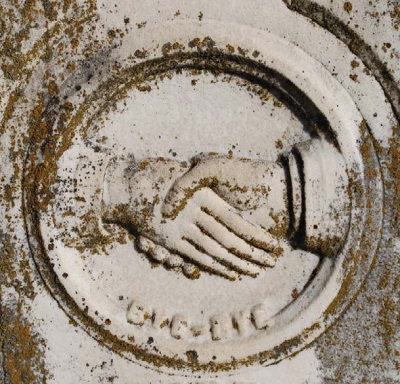
Ashley J. Barnett, doctoral student, will defend her dissertation, "We Shall Meet Beyond The River: An Analysis of the Deathscape of Brownville, Nebraska" at 1 p.m., Dec. 2 in 901 Hardin Hall.
Barnett's abstract: Gravestone studies have traditionally focused on the East Coast, particularly the Northeast, because of the long Euro-American settlement history in that region and because of a landmark 1966 study produced by Edwin Dethlefsen and James Deetz which focused on this region. Significantly less attention has been paid to the interior of the continent, particularly the Great Plains.
This study analyzed the temporal variations in gravestone iconography and inscriptions to determine major cultural shifts that took place in Brownville, Nebraska, from the town's founding in 1854 to the present. All 1,229 gravestones in Walnut Grove Cemetery were recorded andanalyzed for the presence of 104 iconographic motifs and 103 textual variables. Special attention was paid to variations in inscriptions and iconography with gender, as well as to spatial variation in gravestone location with race.
Unlike previous studies, which focus primarily upon iconography, this dissertation provides an in-depth
exploration of the language that appears on the gravestones in Walnut Grove Cemetery. Four iconographic phases and three or four textual phases were identified for this cemetery, and both the iconographic and temporal phases showed significant temporal overlap. The onset of each phase was shown to correspond temporally to a significant shift in the social settings of Brownville. Major changes in concepts of gender and theology in Brownville were identified and explanations are offered for these shifts. African-American and Native American interments in Walnut Grove proved difficult to identify, suggesting the concept of subaltern invisibility may influence the material
culture of this cemetery. This study shows that, while the material culture of Walnut Grove Cemetery was not
effective for identifying the diversity of Brownville, it can be used to identify major shifts in theological thought, periods of social upheaval and concepts of gender in this Nebraska river town.